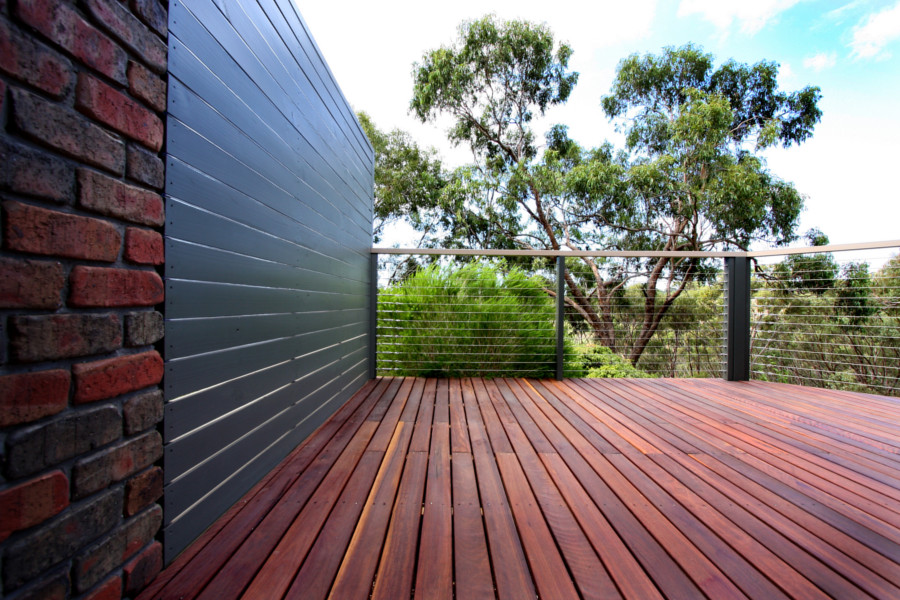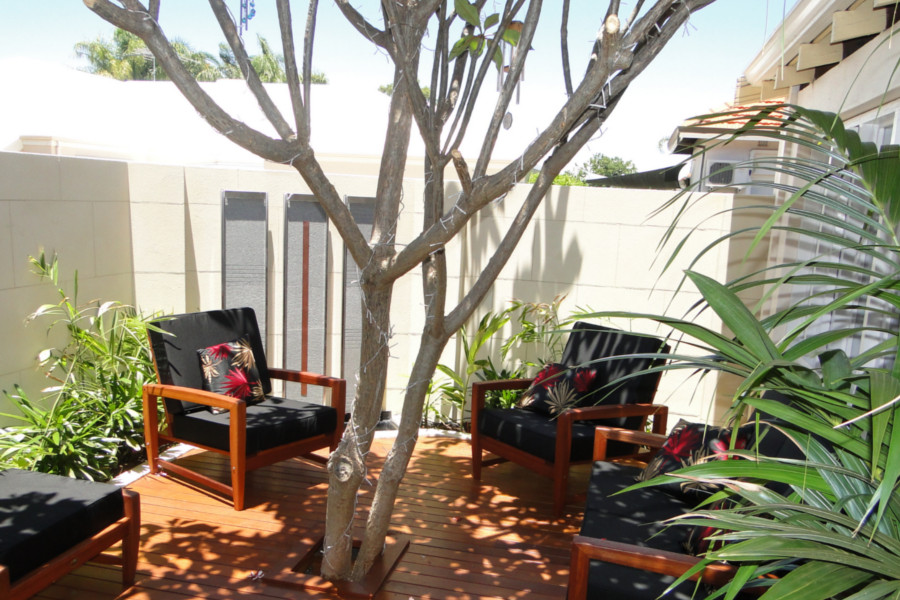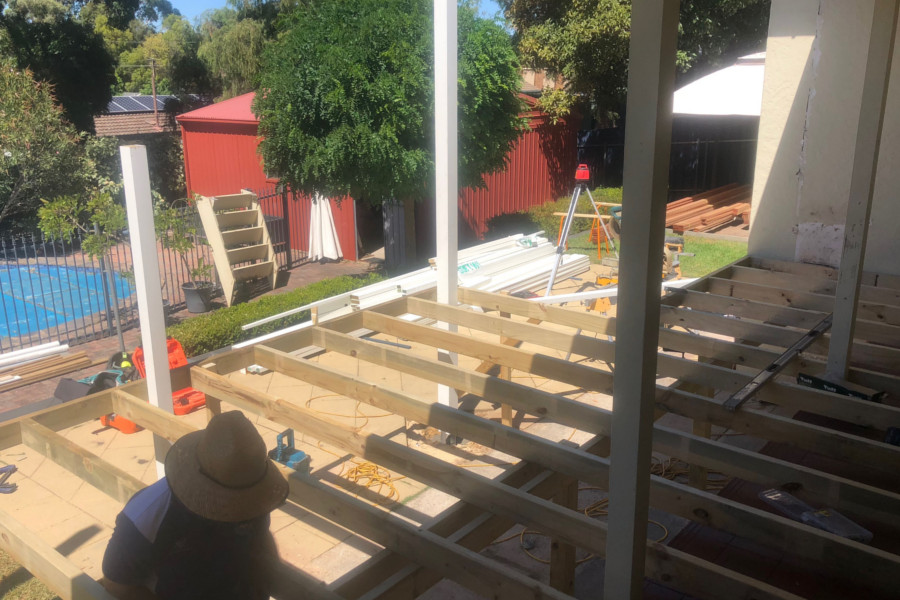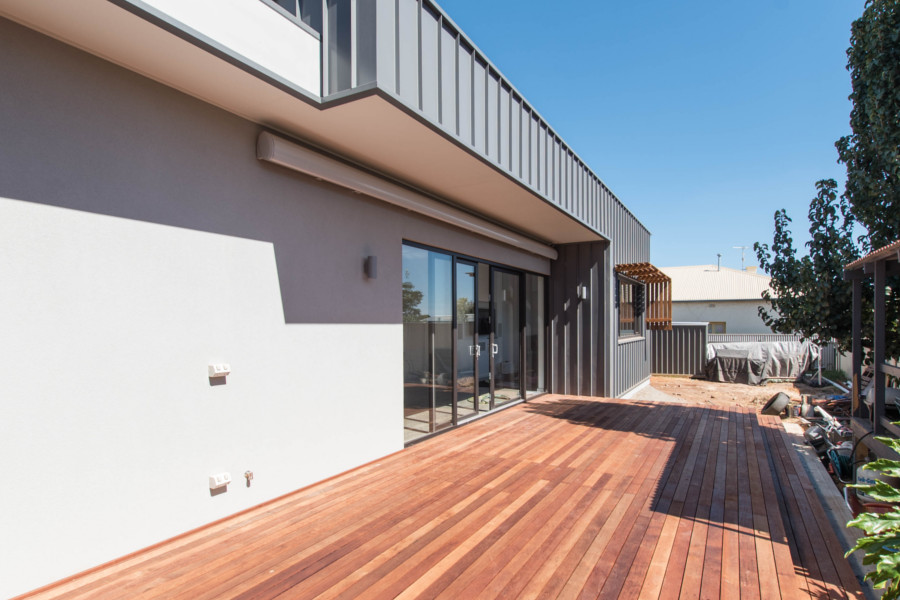
The evidence supporting global climate change has grown more compelling. In Australia the issues around climate change are very real and translate to the following forecasts by the year 2030.
- We will experience more heatwaves as a result of a mere 1 degree increase in temperature.
- Drought will increase by up to 20% atop current levels.
- Days of extreme fire danger will increase by up to 25% of current levels.
- We will witness more storm surges.
- We will experience more severe weather events.
- The sea level will rise by about 15cm.
These scenarios mean a harsher environment that will potentially have some effect on the longevity of your home and outdoor living areas. And they will possibly have implications regarding the construction of your decks and pergolas.
Climate Change Impact on Deck Design and Construction
Decks, pergolas, patios, alfrescos and other outdoor living extensions now need to be designed and built to withstand prevailing climate conditions while at the same time also provide comfort to the occupants and users. The design should consider the climate variables that affect the structure, the impact of these variables on the structure and the consequences of extreme weather conditions. By addressing these concerns, you can ensure the longeivity of your structure and reduce your home’s energy costs.
Climate variables include the following.
Temperature increase
As the summer months get warmer, cooling solutions become increasingly important. However, because power outages increase during times of extreme heat events, it also becomes increasingly necessary to invest in passive cooling designs that do not require traditional power sources.
By using reflective glazing and roofing, external shading, natural ventilation, added insulation and increased thermal mass, and by properly orienting your outdoor living structure with the sun, it is possible to cool down your deck and patio area and in turn the inside of your home.
Bushfires
Increased temperatures and lower humidity will naturally result in greater possibility of fire. You can neutralise this risk by installing shutters and sprinklers in areas that are most prone to fires. Design the roof so that burning embers do not easily catch on the roof surface.
Cyclones
Pergolas and carports are vulnerable to extremely strong winds. And as stronger and more extreme wind events are expected in the future, it makes sense to consider these events when designing structures to survive these strong winds. Australian standards and wind zones are a good guide to follow to make sure that you are covered for any extreme events.
Changes to pergolas to guard against extreme wind conditions include knee bracing and internal roof bracing, using impact-resistant cladding, waterproofing the building materials and ensuring there is proper drainage. In Australia most of the danger from cyclones occurs in the Northern Territory and Queensland.
Severe thunderstorms and increase in rainfall
Hail, wind and thunderstorms can cause impact damage that can worsen when moisture penetrates and so the main concern is protecting your deck or pergola. Select impact-resistant roofing materials; metal and polycarbonate sheets are much more durable than tile, for example.
Keep in mind the four Ds:
- Deflection – keep rain out
- Drainage – get it out if it gets in
- Drying – allow wet materials to dry
- Durability – select materials that can withstand the effects
Flooding
Increased rainfall intensity is likely to result in flooding, which brings the danger of water damage to the home and to the outdoor living extension. Flooding can be mitigated by not building in areas prone to flooding, raising the floor level of decks and pergolas, using water-resistant materials, building efficient drainage systems and designing your backyard or garden so that it redirects water safely.



